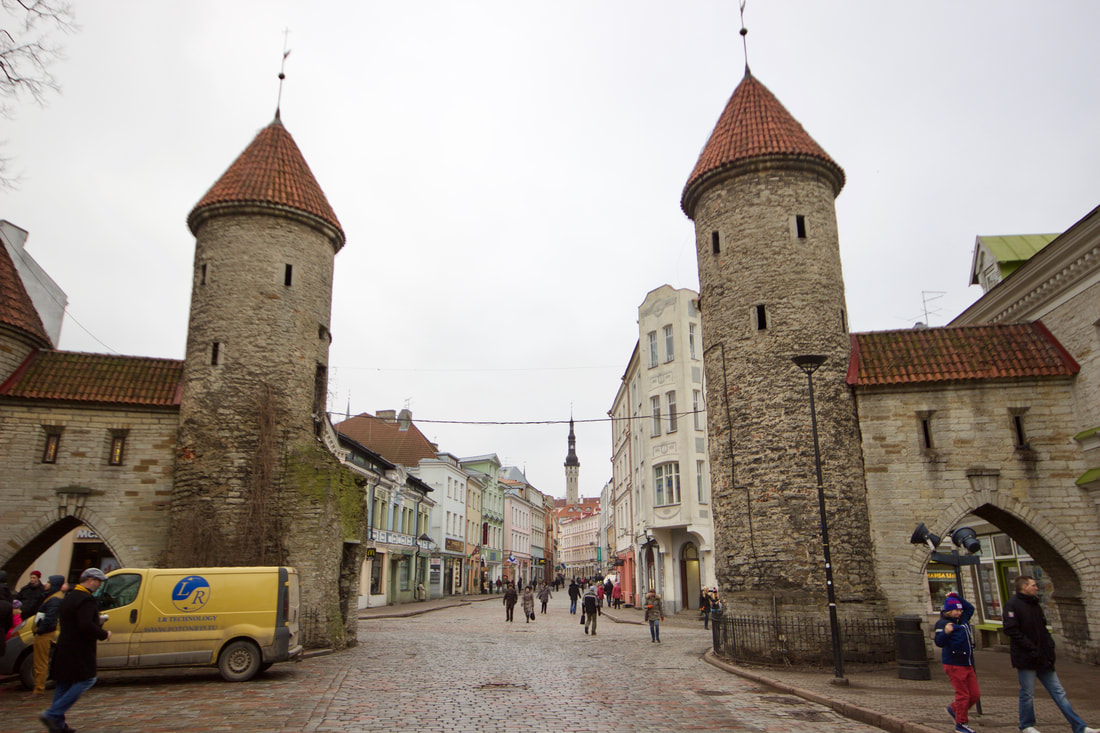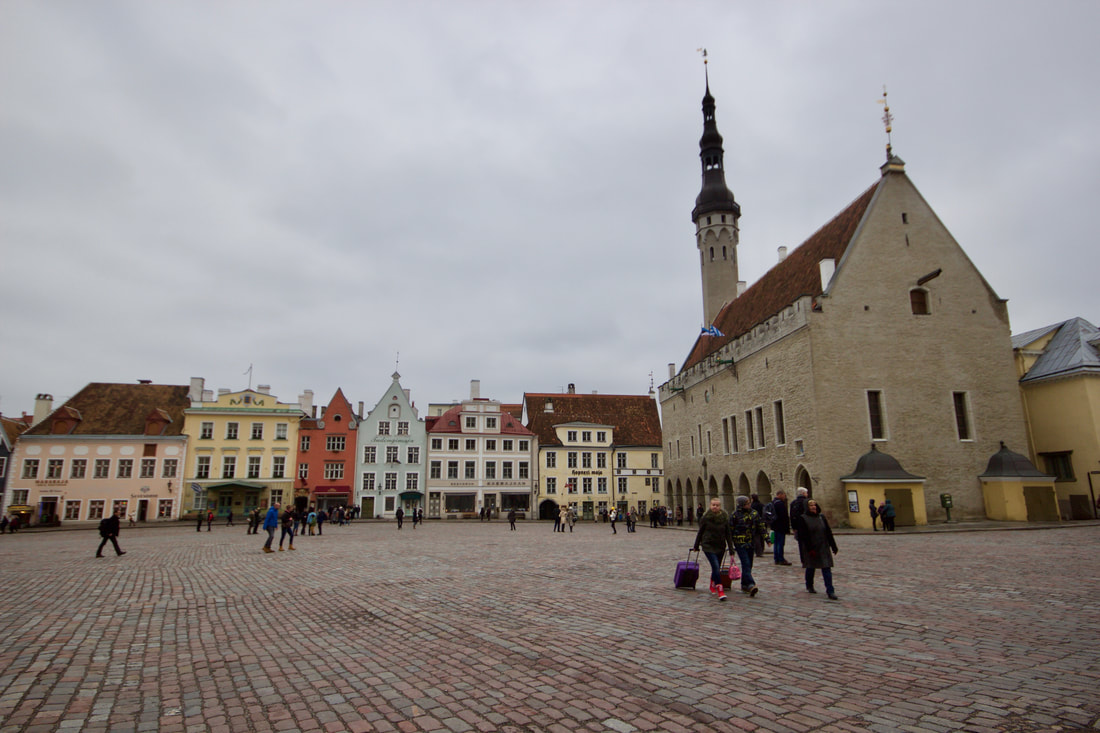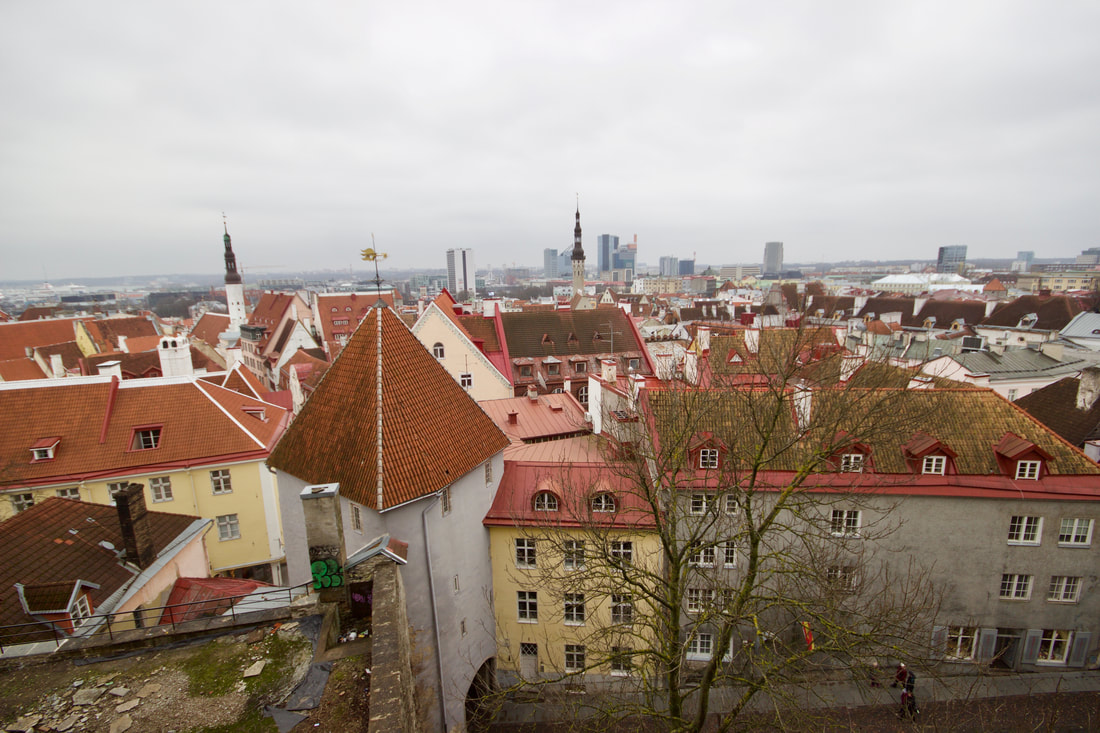Border walls were an important piece of protective architecture in any medieval city. Tallinn’s wall is well preserved and is 1.15 miles (1.85km) in length and contains 20 watch towers and multiple entry gates. Guests can walk in a section of the wall, approximately 656 feet. Here you’ll gain perspective of what it was like to “watch out” for survival back in the day. But, once upon a time in the 16thCentury, the wall was 2.4 km in length with 46 watch towers.
Raeapteek - Town Hall Pharmacy
Believe it or not, this is one of the longest standing pharmacies still operating today in Europe. Founded in the 15thCentury, a pharmacy has continuously operated out of this exact building. An onsite museum displays historic medical tools and relics from the medieval and Renaissance eras. It is recommended to purchase claret, a German-spiced wine as a souvenir. There are not many businesses in the world that have been in operation since 1422. Holistic health is part of the Baltic culture so get ready to explore a variety of teas, tinctures and tasty treat workshops.
Towering 407 feet in the heart of Old Town square, Oleviste Church is the tallest medieval structure in town. The beautiful interior seems modest compared to the decadent Catholic churches. Built in the 12thCentury, this church best represents its Scandinavian population. Inside, guests find sweeping views of the city and the Gulf of Finland in the tower’s observation deck.
This is one of the most historic and beautiful passageways in town that connects Vene and Müürivahe Streets. The southern end features warehouses, merchants and artisans selling their crafts where the Northern end contains the remains of St. Catherine’s Dominican Monastery as well as some ancient tombstones. It is a walk back into medieval time.
Built between 1407-1410, the Great Guild Hall was once a guild for merchants and artisans until 1920. Today, it is home to the Estonian History Museum. This Gothic building is in the heart of Old Town and considered one of the most marvelous pieces of medieval architecture in the city.
Kalma Spa
Estonia and the Baltic region is known for its spa culture. They believe in herbal and esoteric healing, which much of their knowledge originates from Russian roots. Built in 1928, Kalma is one of the oldest spas in Estonia. Modest indoors, this traditional bathing house separates men and women. Inside, you’ll notice nude bathers beating each other with birch branches known as vihta or vasta. The men’s corridors feature plenty of Russian bears, drinking vodka, beating backs with branches and well, eating fish heads. The spa is a short distance to Old Town.
Toompea Hill hand long been the “mecca” for Tallinn’s power. Here travelers discover a myriad of churches, a medieval castle fortification and Estonia’s Parliament. Meander onward and upward on a cobblestone path to discover several viewpoints that feature some of the best views of the city. Be sure to visit St. Olav’s, a 407-foot-tall church! One interesting fact is that this church has been struck by lightning 10 times, three of which caught it on fire in 1625, 1820 and 1931.
Toompea Castle
Toompea Castle is home to Estonian’s parliament. In 1227-1229, the German Knights of the Sword first built a stone fortress here, and since then every ruler has used this castle as their base. Estonia’s history is unique as it has roots from Russia, Scandinavia and Finland. The castle is the military and administrative center for regional rulers from Estonia and historically once used by the Danes, Swedes and Russians.
This Lemon Tree article is now featured on GPSmyCity. To download this article for offline reading or travel directions to the attractions highlighted in this article, go to 10 Historical Sites You Can't Miss in Tallinn, Estonia.
Where is your favorite historical site in Tallinn? Check out our other Lemon Tree Travel blogs about Tallinn!
The Best Historic Cafes You Can't Miss in Tallinn, Estonia
Tallinn, Estonia: A Walk Down Medieval Memory Lane
Vegan in Tallinn, Estonia: Bliss Buffet & Restaurant










 RSS Feed
RSS Feed